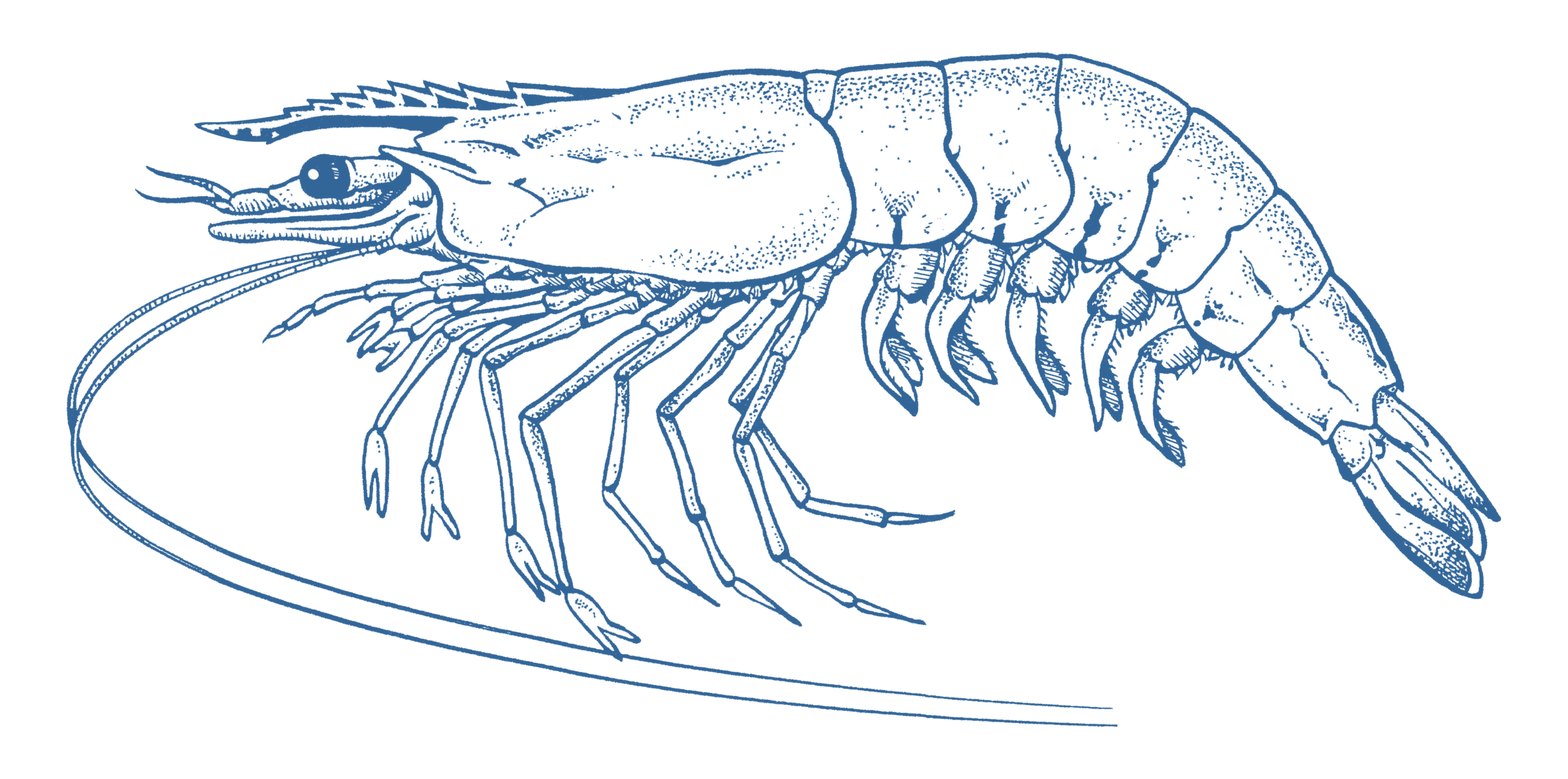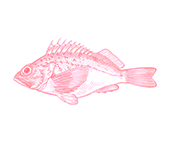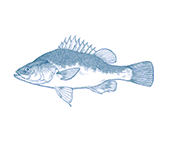




- Eat Less
Wild Caught
Region:
Commonwealth waters
- Endeavour prawns live in tropical waters and are short-lived and fast-growing.
- Two species of endeavour prawns are caught using bottom otter trawl fishing methods across northern Australia. The Commonwealth-managed Northern Prawn Fishery catches blue and red endeavour prawns in the Gulf of Carpentaria and along the Arnhem Land coast, and another Commonwealth-managed fishery catches blue endeavour prawns in the Torres Strait.
- Endeavour prawns are caught as a byproduct species in fishing targeting tiger prawns in the major Commonwealth Northern Prawn Fishery.
- Blue endeavour prawns are below a healthy level in the Northern Prawn Fishery, but are unlikely to be subject to overfishing. The health of blue endeavour prawn populations in the Torres Strait Prawn Fishery is unknown, though serious overfishing is considered unlikely.
- Red endeavour prawn populations in the Northern Prawn Fishery benefit from improved scientific management, and are likely in healthy condition.
- Bycatch reduction measures are mandatory in the fishery, and have reduced accidental turtle catches.There is some concern over the level of endangered sawfish caught as bycatch in the fishery, and the fishing industry is taking proactive steps to address this issue.
- Endeavour prawns are caught using otter trawls that operate on the seabed. Trawling is conducted mostly over sandy and muddy habitats that are generally resilient to fishing impacts, but valuable marine park protections for the wider ecosystem have been eroded.
- Commonwealth Northern Prawn Fishery (217t of Blue endeavour prawns, 155t tons of red endeavour prawns in 2022) and the Torres Strait Prawn Fishery (86t in 2022)
Endeavour prawns are found in northern Australian waters between northern New South Wales and the Gascoyne coast of WA and are found in coastal waters down to approximately 50 m in muddy or sandy habitats. Two species are caught in Australia, Blue and Red endeavour prawns.
These two species are short-lived and fast-growing. Both species are caught in the Commonwealth-managed Northern Prawn Fishery as a byproduct of fishing activity targeting tiger prawns. Blue endeavour prawns are caught in targeted fishing in the Torres Strait Prawn Fishery, also managed by the Commonwealth.
Blue endeavour prawn populations are slightly below a healthy level in the Northern Prawn Fishery, but it is not likely that overfishing is still occurring, and there is evidence of recovery. The status of the blue endeavour prawn population caught in the Torres Strait Prawn Fishery is unknown.
A new scientific assessment approach has recently been developed for Red endeavour prawns caught in the Northern Prawn Fishery, and provides evidence that populations are healthy.
Endeavour prawns are caught using otter trawls that operate on the seabed, mainly over mud and sand. This has the potential to cause significant habitat disturbance. Habitat types are relatively well understood in all fishing areas, tend not to support sensitive marine communities and are fairly resilient to disturbance.
Bycatch reduction devices (BRD) and Turtle Exclusion Devices (TEDs) reduce the amount of threatened and other species that are caught and killed in fishing gear. BRDs and TEDs are mandatory in all these fisheries and have been successful in reducing turtle deaths. However, threatened species bycatch remains an ongoing issue.
The main Commonwealth Northern Prawn Fishery has been proactive in attempting to reduce its impacts on threatened species. Although catch of sea snakes remains high, there are no indications that fishing activity is resulting in population declines of any of the species caught. Endangered sawfish, particularly narrow sawfish, are caught every year, although it is complex to design modified fishing gear to reduce sawfish mortalities because the shape of their rostrums means they are especially prone to entanglement. Due to the wide distribution of sawfish, including in non-fished areas, experts have assessed that prawn fishing alone is not driving further declines in these species, but further significant reductions in sawfish bycatch will be required in future.
The Commonwealth-managed prawn fisheries have robust and transparent management arrangements in place, including observer programs, requirements to report discards, assessments of the risk of the fishery to threatened species, plans in place to reduce bycatch that have proved to successfully deliver that objective and management actions to rectify issues in the fishery when they occur. It is likely these management arrangements will maintain the progress of these fisheries to reduce the impact on endangered wildlife in the future.
Marine parks established in 2018 across northern Australian offshore waters may provide a small degree of additional protection for TEPs, though it is notable that the fishing industry secured significant reductions in the area of the fishery protected from trawling in a way that has considerably weakened the effectiveness of these protections and has not been accounted for or addressed in other management.


